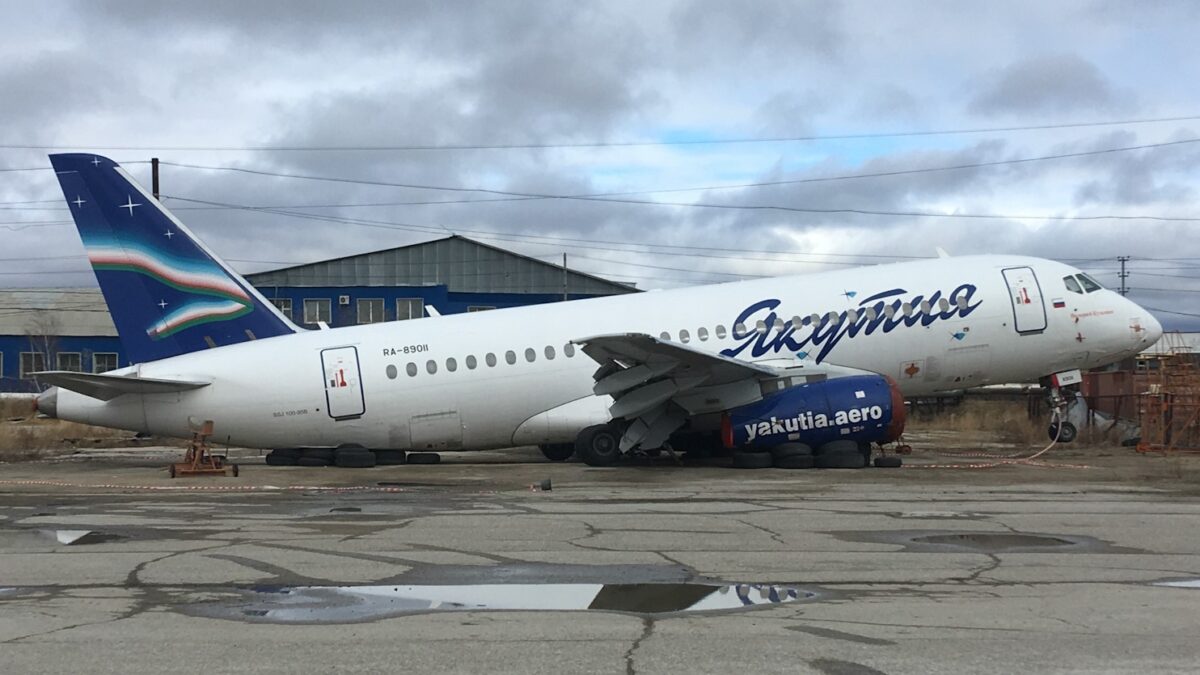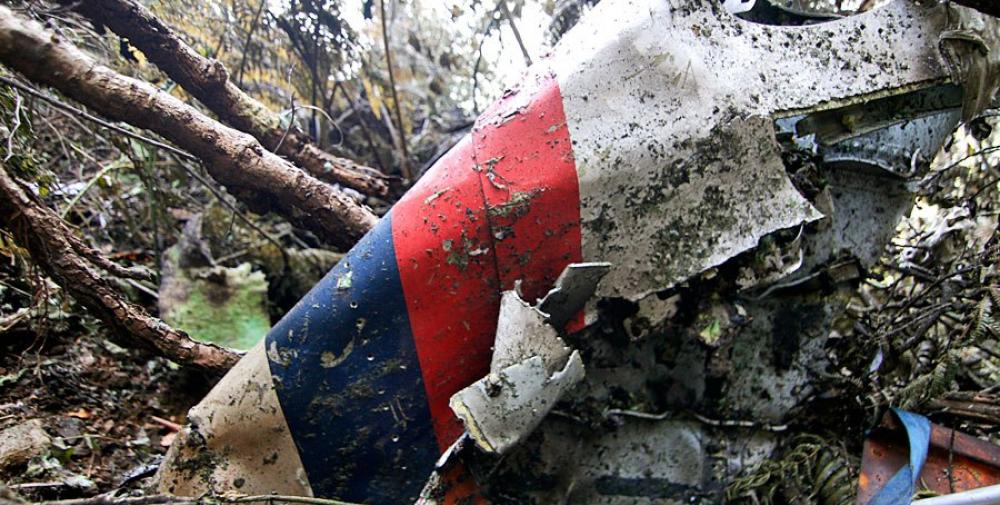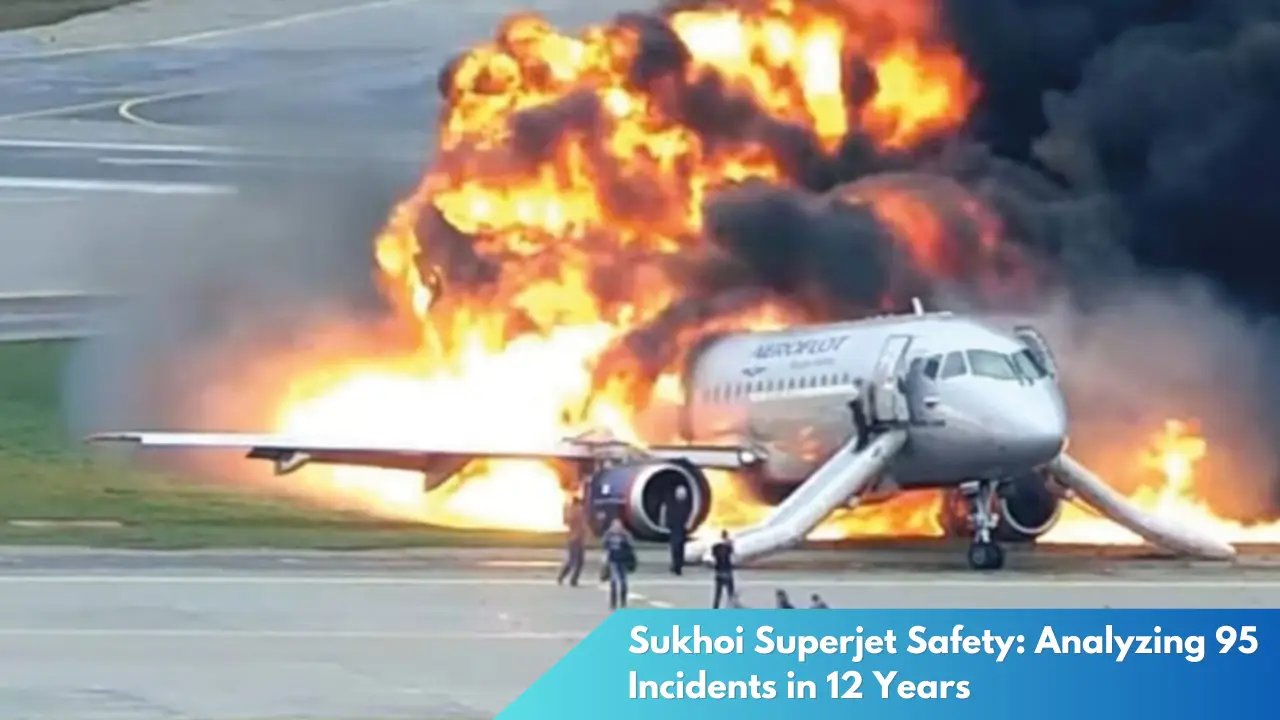Sukhoi Superjet Safety: Analyzing 95 Incidents in 12 Years
The Sukhoi Superjet 100, a regional jet developed by the Russian aerospace company Sukhoi, has been a subject of scrutiny since its introduction in 2008. Over the years, it has experienced multiple incidents that have called its safety record into question. This article delves into the safety performance of the Sukhoi Superjet over the last 12 years, focusing on 95 reported incidents to uncover patterns, root causes, and the broader implications for the aviation industry.
Sukhoi Superjet Safety Scrutinized Over 12 Years

The Sukhoi Superjet 100 was launched with high expectations as Russia’s bold entry into the competitive regional jet market. As with any new aircraft, the Superjet underwent rigorous testing and certification processes. Despite these efforts, safety concerns have persisted, primarily due to the number of incidents recorded since its inception. Critics have pointed out both technical and operational issues, raising questions about the aircraft’s design reliability and the quality of its components.
Over the years, the Sukhoi Superjet has been involved in several high-profile incidents, some of which resulted in tragic outcomes. These events have prompted increased scrutiny from aviation safety authorities worldwide. Analysts have noted that while some incidents were directly related to mechanical failures, others were attributed to human error or adverse weather conditions. This complex interplay of factors highlights the multifaceted nature of aviation safety.
Despite the challenges, it’s important to view the Sukhoi Superjet’s safety record within the broader context of aviation safety statistics. Every new aircraft type experiences a learning curve as airlines, maintenance crews, and pilots familiarize themselves with its nuances. Proponents argue that the Superjet’s incident rate is not disproportionately high when compared to other aircraft of a similar class and age. Nonetheless, ongoing concerns have led to concerted efforts to address the aircraft’s safety issues through design improvements and enhanced training protocols.
Analyzing 95 Incidents: Facts and Figures Revealed

To better understand the safety challenges faced by the Sukhoi Superjet, a detailed analysis of 95 reported incidents over 12 years reveals enlightening trends and patterns. The incidents range from minor technical glitches to major accidents, with varying degrees of impact on passengers and crew. Statistical analysis shows that a significant percentage of these incidents were linked to the aircraft’s PowerJet SaM146 engines, which have been a persistent source of technical difficulties.
The analysis also highlights recurring issues with the Superjet’s avionics and flight control systems, which have been implicated in several incidents. These technical problems, often exacerbated by insufficient pilot training or inadequate maintenance protocols, have prompted calls for comprehensive reviews and upgrades of the aircraft’s systems. Additionally, industry experts have recommended more robust training for pilots and maintenance staff to better equip them to handle the unique challenges posed by the Superjet.
A key takeaway from this analysis is the importance of transparency and continuous improvement in aviation safety. Sukhoi, along with its partners and regulatory bodies, has been working to address the identified issues. This includes redesigning certain components, enhancing the reliability of systems, and refining maintenance procedures. While these efforts are commendable, the ongoing monitoring of incident data and proactive measures will be essential in ensuring the Sukhoi Superjet’s safety for years to come.
The scrutiny of the Sukhoi Superjet’s safety record over the past 12 years underscores the complexities of aviation safety. The 95 incidents reviewed offer valuable insights into the challenges faced by new aircraft in achieving consistently safe operations. Moving forward, it is imperative for manufacturers, regulators, and operators to collaborate in addressing the root causes of these incidents. By fostering a culture of safety and innovation, the aviation industry can work towards minimizing risks and ensuring the trust of passengers and stakeholders alike.



